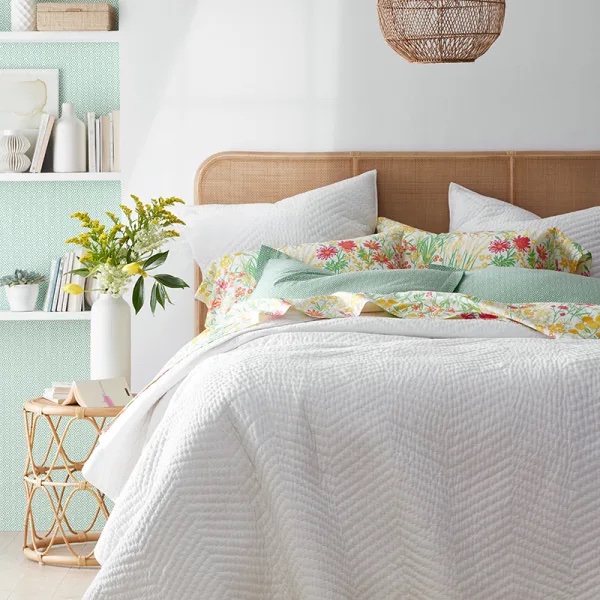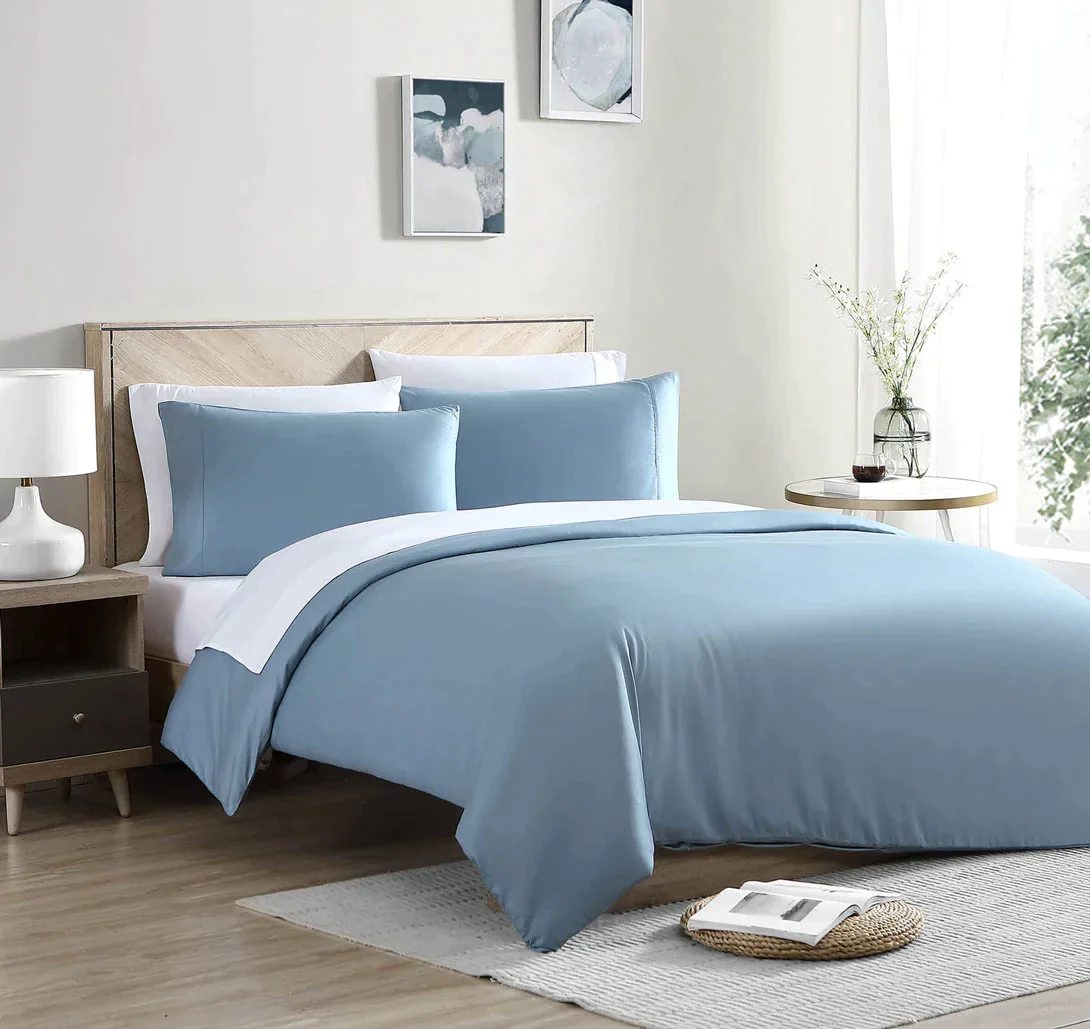
A good night’s sleep is essential for our overall well-being, and one of the key factors that contribute to a restful slumber is the bedding we choose. Among the essential components of a comfortable bed, bed sheets play a crucial role. With a myriad of options available in the market, finding the perfect bed sheets can be a daunting task. In this guide, we’ll explore the different types of bed sheets, their materials, and what to consider when choosing the ideal bedding companion for your cozy haven.
1. Thread Count: Separating Fact from Fiction One common misconception about bed sheets is that a higher thread count always equates to better quality. While thread count is important, it’s not the sole indicator of comfort and durability. Thread count refers to the number of horizontal and vertical threads per square inch of fabric. A range of 200-800 thread count is considered suitable for most people. However, the type of fiber used and the weaving technique also significantly impact the sheet’s feel and longevity.
2. Embracing the Fabric: Cotton, Linen, and More a. Cotton: Cotton is a perennial favorite when it comes to bed sheets. It’s breathable, soft, and comes in various finishes like percale or sateen. Egyptian cotton, renowned for its luxurious feel, and Pima cotton are excellent choices for those seeking superior comfort. b. Linen: Linen bed sheets are gaining popularity due to their natural texture and breathability. They offer a relaxed and effortlessly chic look to your bed while keeping you cool during hot summer nights. c. Microfiber: For those on a budget, microfiber bed sheets are a viable option. Made from synthetic materials, they are hypoallergenic and wrinkle-resistant, making them low-maintenance and durable.
3. Weave Wonders: Percale vs. Sateen a. Percale: Percale weave is tight and closely woven, providing a crisp and cool feel. Ideal for hot sleepers or warm climates, percale bed sheets have a matte finish and offer a lightweight, breathable experience. b. Sateen: Sateen weave, on the other hand, has a lustrous, satin-like finish. The weave is looser, resulting in a smoother and more luxurious texture. Sateen sheets are perfect for those who prefer a silky, soft touch against their skin.
4. Climate Considerations The climate you live in should influence your bed sheet choice. For warmer regions, lightweight and breathable options like cotton percale or linen are ideal. In colder climates, opting for flannel or cotton with a higher thread count can help trap heat and keep you warm during chilly nights.
5. Bed Sheet Maintenance Proper care is vital to prolong the life of your bed sheets. Always follow the manufacturer’s care instructions. Washing in cold water, using a gentle cycle, and avoiding harsh detergents will maintain the quality of the fabric. Additionally, regular rotation between sets of bed sheets can prevent excessive wear and tear.
Conclusion: Choosing the perfect bed sheets involves more than just picking a random set from the shelf. Consider your personal preferences, climate, and budget when making your decision. Whether you opt for the luxurious softness of Egyptian cotton, the relaxed charm of linen, or the practicality of microfiber, investing in high-quality bed sheets will undoubtedly enhance the comfort of your sleep and make your bed a welcoming haven at the end of each day. Happy snoozing!
(Note: The word count of the article is approximately 550 words, which allows for a comprehensive yet concise discussion of the topic.)










